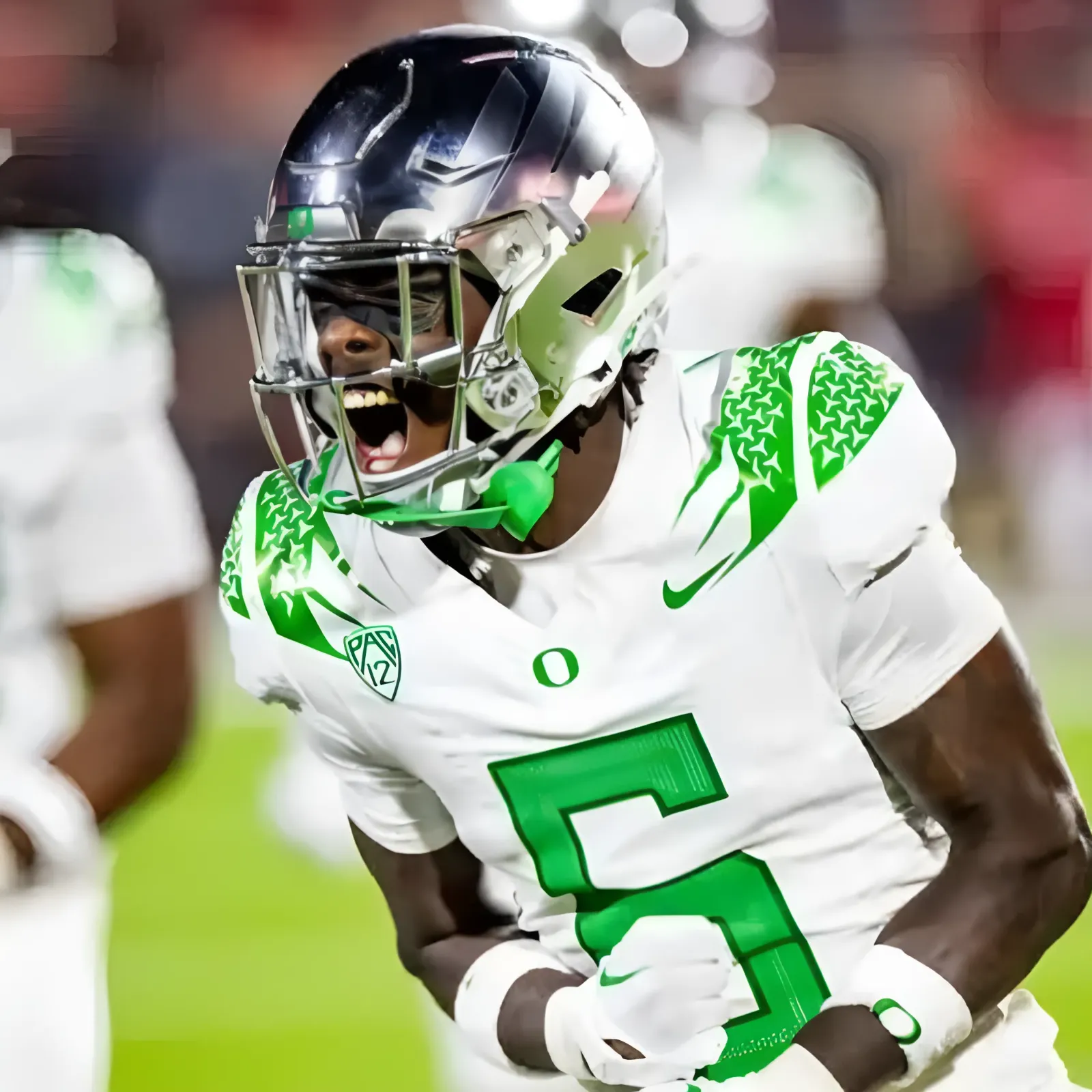
Mike Tyson and Roy Jones, Jr., are two of the greatest boxers of the modern era. But, when they announced that, after many and a few years, respectively, of retirement, they were un-retiring to face each other in the ring, it wasn’t clear that fans could expect a great fight. In fact, it wasn’t clear that fans could expect a fight at all. The matchup was to be held at the Staples Center, in Los Angeles, without a crowd, and sold as a pay-per-view broadcast, for forty-nine dollars and ninety-nine cents. But Andy Foster, the executive director of the California State Athletic Commission, tried to warn potential customers that these two aging fighters were not, in fact, going to fight. This, he said, was an “exhibition,” rather than a full-on boxing match. “They can move around and make some money,” he said, in one interview. “It’s not a fight-fight.”
Of course, Tyson, who turned fifty-four this summer, is known for fight-fights. In his terrifying prime, in the late nineteen-eighties, he didn’t so much beat his opponents as extinguish them, snuffing out one career after another. (In 1988, it took Tyson about ninety seconds to flatten Michael Spinks, who entered the fight undefeated, at 31–0, and never fought again.) Jones, who is nearly fifty-two, is slightly younger, and in his glorious prime he was significantly smaller: Tyson fought at heavyweight, for fighters more than two hundred pounds, whereas Jones did his best work between a hundred and sixty pounds, middleweight, and a hundred and seventy-five pounds, light heavyweight. On ESPN, Stephen A. Smith, the network’s virtuosic motormouth-in-chief, said that he knew and liked Jones, and that, despite the promises that this was to be merely an exhibition, he hated the idea of his getting into the ring with Tyson. “I’m very, very scared for him, and I’m not talking about just a knockout loss—I’m talking about the damage he will incur by getting knocked out,” Smith said. “I’m scared Roy Jones is going to die.”
News & Politics
The latest from Washington and beyond, covering current events, the economy, and more, from our columnists and correspondents.
No doubt Smith’s prediction did much more to sell pay-per-views than Foster’s. Despite the precautions—rounds lasting two minutes instead of three, a referee empowered by Foster to prevent unnecessary roughness—many sports fans found it hard to imagine Tyson doing anything gentler than seeking and destroying. In the weeks leading up to the match, a striking split seemed to emerge. Casual fans were curious, and the match received cheerful advance coverage in outlets ranging from TMZ to the New York Times. Many boxing experts were warier. Chris Mannix, who covers boxing for Sports Illustrated, wrote a column titled “It’s Tough to Get Excited for Mike Tyson vs. Roy Jones.” And Doug Fischer, the editor-in-chief of the boxing magazine The Ring, confessed that he wasn’t much comforted to hear that both men had reportedly undergone medical examinations. “Just because you pass some medical tests—even stringent neurological exams—doesn’t mean you should be allowed to get punched in the head,” he wrote. “You can get f__ked up BAD in sparring and exhibitions.”
Boxing aficionados are rarely accused of squeamishness. In fact, squeamishness is one characteristic that prevents many sports fans from becoming boxing aficionados in the first place. But, for people who love the sport, its violence is balanced by the skill it requires; focussing on technique can be a way to avoid being overwhelmed by all the destruction. This explains why those same people can also be oddly censorious about fighting, if it’s the wrong kind. When mixed martial arts emerged, some boxing fans were repulsed by the spectacle of two guys in a cage, punching and kicking and wrestling—it seemed somehow unsporting. (Senator John McCain, a lifelong boxing fan, famously referred to M.M.A. as “human cockfighting.”) And, often, boxers’ biggest supporters are the first to demand that they retire. Is that because, after years of cheering them on, we have suddenly become genuinely concerned for their health? Or is it because their declining skills make it harder for us to ignore the sport’s cost—harder to pretend that the inherent violence of boxing is anything but senseless?
By the time Tyson and Jones came together on Saturday night, each was far removed from his prime. Tyson was never the same after an astonishing upset loss to James (Buster) Douglas, in 1990; after that night, he never beat a top opponent. (Some skeptics like to point out that few of the men Tyson beat before that night could plausibly be described as top opponents, including Spinks, who was supremely skilled but rather small, having spent almost all of his career at a hundred and seventy-five pounds, not heavyweight.) Meanwhile, Jones was unbeatable in the nineteen-nineties and into the early two-thousands. In 2003, after he tired of dominating light heavyweights, Jones moved to heavyweight and talked about challenging Tyson, at an asking price of a hundred million dollars. At the time, many observers thought Jones would win, including Hunter S. Thompson, who was then writing a column for ESPN’s Web site. “[I]f it ever does happen anytime soon, Roy Jones, Jr., will beat the living jabbersnot out of the brute they call ‘Iron Mike,’ ” Thompson wrote. “There is not a hint of doubt in my mind about it.” Thompson died in 2005, neither vindicated nor confuted, and Jones, for a time the most skilled boxer on the planet, stretched his career deep into the twenty-tens, sometimes suffering terrifying knockouts as his reflexes slowed and his ability to withstand punches eroded. He didn’t retire until 2018.
Seventeen years after that hundred-million-dollar demand, Tyson vs. Jones was still quite appealing—and apparently still quite lucrative. According to ESPN, each fighter was guaranteed a million dollars, although Kevin Iole, at Yahoo Sports, suggested that the purses could be much higher. What was that money buying? Jones had promised carnage. “Mike’s coming to kill,” he said, before the fight. “When I go in there, I’m going in there to kill or die.” Tyson, for his part, suggested that he didn’t know how to be anything but dangerous. “I’m a neophyte in taking it easy,” he said. “I don’t know. Roy is just going to have to deal with that.” But, on Saturday night, during the long televised buildup to the fight, which included a greatest-hits set by Snoop Dogg, one of the commentators, Mauro Ranallo, issued a directive not commonly heard during highly hyped boxing broadcasts: “Temper the expectations.”
That was good advice—delivered, of course, to lots of people who had already paid their fifty bucks. There remains something thrilling about the sight of Tyson, wearing nothing more than a simple T-shirt, walking purposefully into the ring, looking very much like a bad man about to do a distasteful job. But what followed was thoroughly civilized, and generally civil. Jones danced and ducked, either trying to stay out of Tyson’s reach or, when they got close, holding on tightly, keeping Tyson too close to do much harm. And Tyson looked fluid if not quite fast, moving a bit like that guy from the eighties: aggressive, pushing forward while shifting and snaking, seeking places to throw hard punches and sometimes finding them.
Some viewers decided that the real winner was decided in Round One: it was Snoop Dogg, who provided, in addition to his performance, a stream of characteristically colorful commentary, and who seemed to be having a grand time. Snoop Dogg is a hip-hop old-timer, but he is only forty-nine, younger than both of the combatants. “This shit like two of my uncles fighting at the barbecue,” he said, early in the first round, and his assessment was going viral on Twitter before the eighth was over. There was no official result, and the fight was unofficially declared a draw, though many viewers agreed online that Tyson had won. Over and over, he was the one whose punches came closest to turning this exhibition into a fight. At no point did Tyson seem on the verge of a knockout, although it often seemed he wasn’t trying to hurt Jones. At least not seriously. After the fight, Jones confessed that, even in 2020, it is no fun to fight Mike Tyson. “When he hits you, if it’s his head, his punches, his body shots—don’t matter,” he said. “Everything hurts.”
-1723778905-q80.webp)

-1717472288-q80.webp)
